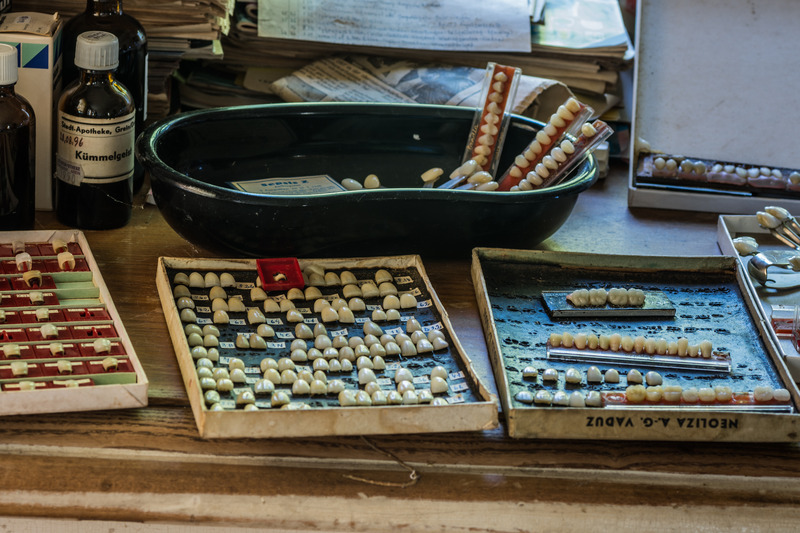
Teeth do more than just chew food—they also hold many secrets of the lives that came before. For archaeologists, teeth are like time capsules, preserving tons of information about ancient people. A recent study from the University of Nottingham says that teeth can even preserve antibodies for centuries! If you’re curious, read on to see what fascinating stories dental archaeology can tell!
Diet and Lifestyle
One of the most obvious ways teeth help archaeologists is by revealing what ancient people ate. The wear patterns on ancient teeth can actually tell a lot about a person’s diet. For instance, heavy wear and tear might be a sign of a diet rich in coarse grains or tough meats. Meanwhile, cavities and tooth decay can suggest a diet high in carbohydrates.
By studying these patterns, archaeologists can begin to piece together clues. This not only leads to discovering what people ate, but also how they prepared their food and what kind of environment they lived in.
Health and Disease
Teeth can also reveal clues about ancient health conditions and medical practices. Signs of infections, like abscesses or cavities, can show how common certain diseases were and if or how they were treated.
For example, the presence of dental work, such as fillings made from materials like gold or silver, can indicate early attempts at dentistry. In some cases, teeth even show signs of stress or malnutrition. This is read using marks on the enamel known as “Harris lines,” which form when growth is temporarily halted.
Hardened plaque can also contain traces of microorganisms. This can lead dental archeologists to find out about widespread plagues and other specific diseases that affect a population.
Recent Surgeries or Procedures You’ve Had
Teeth can also provide a roadmap of where people have been. Dental archeologists can measure the isotopic composition of ancient teeth to learn about the water and food someone has consumed. They can also determine specific dental traits among families.
This information allows archaeologists to track ancient migration patterns, showing how people moved across regions or even continents. By studying the teeth of different populations, researchers can also explore how groups mixed, married, and shared cultures over time.
In the hands of archaeologists, teeth are like story books, unlocking the mysteries of the past. From diet and health to migration and disease, teeth tell stories that bones and artifacts alone cannot. Who knows, maybe one day an archeologist will learn about the society of today from your teeth in the future?
About the Author
Dr. Dan Passidomo is a passionate dentist who loves educating his patients as much as he enjoys helping them improve their smiles. After earning his dental doctorate from the University of Kentucky College of Dentistry, he began his life-long journey of learning. Today he uses state-of-the-art dental technology and techniques to provide quality dental care. Call (937) 886-9935 to schedule an appointment at Daniel J. Passidomo, DMD Cosmetic & Family Dentistry, or visit our website to learn more.








